Lenticular and oil on canvas
Bae Joonsung(1967-)
1967Born in Kwangju
1990B.F.A. College of Fine Arts, Seoul National University, Seoul
2000M.F.A. Graduate School of Seoul National University, Seoul
AWARD
1995 Grand Prix, Chung Kyungja Art Culture Foundation, Korea
2000 Young artist Prix, Ministry of Culture and Tourism, Korea
1. A Strange Journey
I’m looking through an Alma Tadema art book and then looking for my camera. While I look for my camera, I attempt to recharge its battery; I’m about to recharge the battery, but instead I wipe the charger with a tissue; While I wipe the charger with a tissue, I answer the phone; While I answer the phone, I look at a tax invoice that was dropped next to the phone: While I look at the tax invoice, I think about the balance in my bank account; While I think about the balance, I rummage through drawers for my bankbook; While I rummage through the drawers; I rearrange some clothes I bought a while ago; While I rearrange the clothes, I sew on a button that has fallen off; While I sew on the button, I hurt my finger with the prick of a needle… Each day is a whirlwind of a strange journey.
2. Producer as Audience, Audience Producer
The relationship between objects under appraisal and the audience does not always depend on fixed principles or rules, nor is it continuous. On the contrary, in terms of the intensity of the feeling concerning the object, the more discontinuous and the more in violation of the visual rules heretofore the relationship is, the more intense and real the feeling gets. The audience does not become indignant or impatient at such irregular and inconsistent relationship with the objects. The feelings that depart from the audience’s past experiences rather transform the appreciation of the object onto another level, one of magnetic tension. Thus, in order to have such moments, the appreciator-audience tries to allow and seek for viewing time.
3. Mirror
I, for the first time, visited a theater on the outskirts of Seoul when I was a second or third grader of an elementary school. Reluctant to take my eyes off the huge and spectacular movie billboard painted by Mr. Jung, who has years of experience in such works, I thrust the ticket through a window and walk into the theater. Only then does the hush inside tell me that I’m fully qualified to be a part of the audience. I walk past a lady selling snacks and popcorn in the warmth of the movie house, open a padded door, and lift away a red and black curtain-and at last, I can experience the unique atmosphere of theaters. And without realizing it, I have a huge grin spread across my face like and idiot. In the darkness, I clumsily tiptoe to my seat, finding it at last. I can finally see and hear what’s happening on the screen. I can also see the sparkling eyes of the audience already filling up the theater. Before I know it, I’m engrossed in the moving images, all brilliant and dazzling, and I’m laughing and crying at the save time like a lunatic, holding my breath overwhelmed by the world of dreams spread before my eyes. All this lasts but for a moment, and I’m led away by my father, loath to leave behind the unfinished film, to another cinema. After a round of three of four theaters and unfinished films in my heart, my father goes off to work, and I trudge along back home. The films that played over and over again in my mind on the way back home transformed me into a loyal fighter, a solitary artist, a lonesome boxer, an arrogant genius, of a destitute poet. To be more exact, they didn’t transform me into such, but I, in truth, was full of loyalty, solitude, loneliness, arrogance, destitution, and ambition. In other words, for me, the films were like mirrors.
4. Honey and Tongue
In order to taste vagrant scenes with relish, the key, above all, lies in what kind of flavor the scenes are imbued with. So I coat the scenes with the finest honey I can find. When a right amount of honey has seeped into different parts of the scenes, the culinary delights are ready to savor. I set off on a journey of flavors, with my soft tongue in my watering mouth, all over the honey-coated scenes.
5. The Costume of Painter
Titles of my paintings always begin with the phrase. "The Costume of painter". The phrase refers to the costumes painted by the artist, and at the same time, signifies a certain layer derived through eyes of the artist. I have always believed that when an artist paints, with his or her eyes caressing over the model, the painting created through eyes of the artist brings birth to another model. However, the model painted or created, hovering somewhere around the artist's free will, demands in turn that the artist paint again. This demand springs from the physical and mental time of the artist's painting. In the end, the phrase,"the costume of painter", implies not the costume painted by artist, but what suddenly happens to the artist while painting the costume.
6. Moving Still Life
A painting is inanimate. It stands face to face with animate objects. The attraction of a still life lies not in its quiet, placid nature, but in the dynamic energy contained therein. A painter moves inanimate objects and in consequence, the painting once again becomes a still life.
7. Lenticular
When I was young, my plastic writing sheets meant a lot to me. As a class secretary all throughout the six years of elementary school, and as a kid whose forte was writing, the plastic sheets were something with an importance beyond what other kids could imagine. So I always had a few of them with me. Despite my competitive streak, I never even once took part in the plastic sheet breaking contest that was all the rage at the time; to that extent, I treasured and took pride in them. Of the precious sheets, the paramount was the so-called “transforming plastic sheet”- a yellow smiley face flaunting itself right in the center, now smiling, now crying. That was my first encounter with lenticular in my childhood.
Bae Joonsung
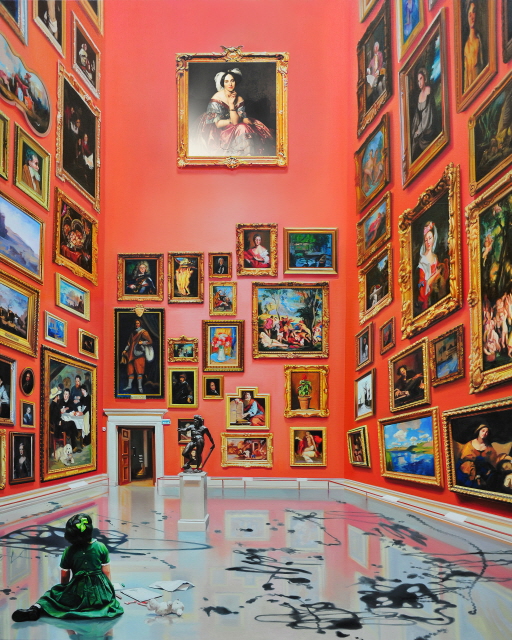.jpg)
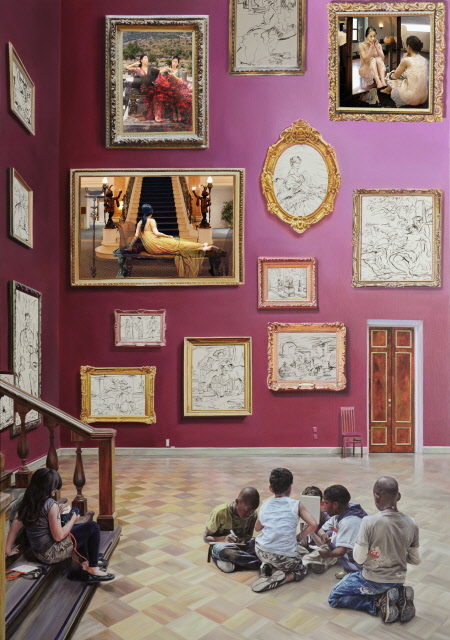.jpg)
.jpg)
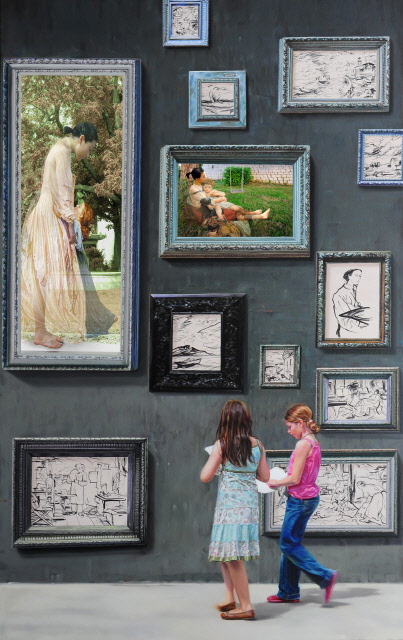.jpg)
.jpg)
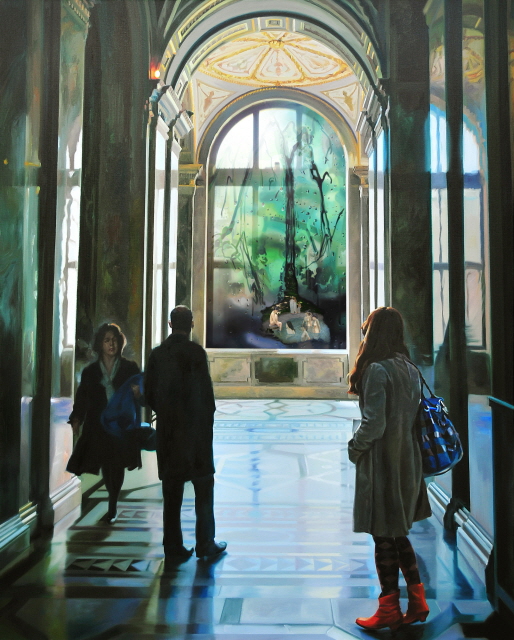.jpg)
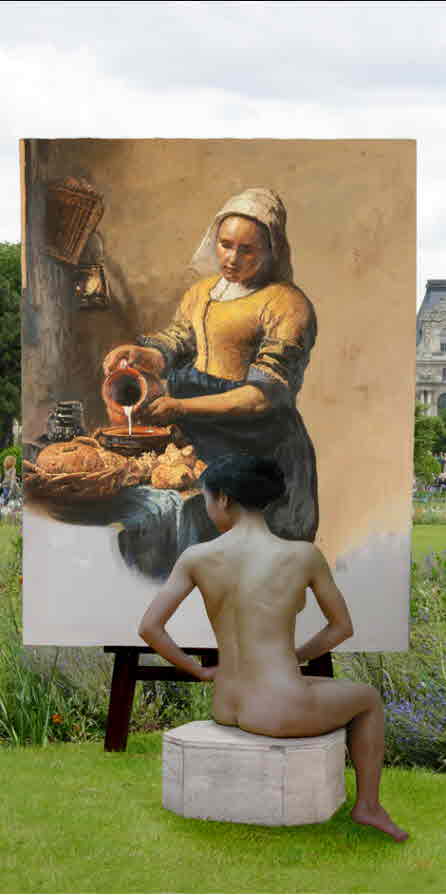.jpg)
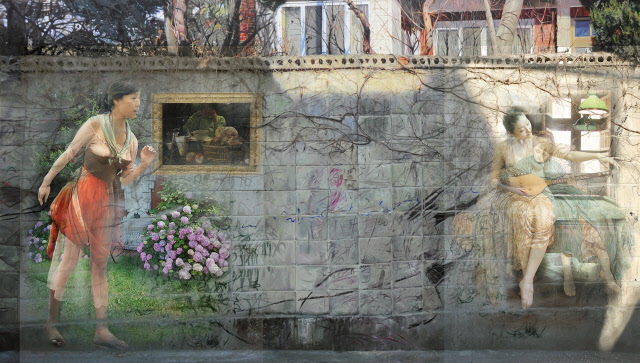.jpg)
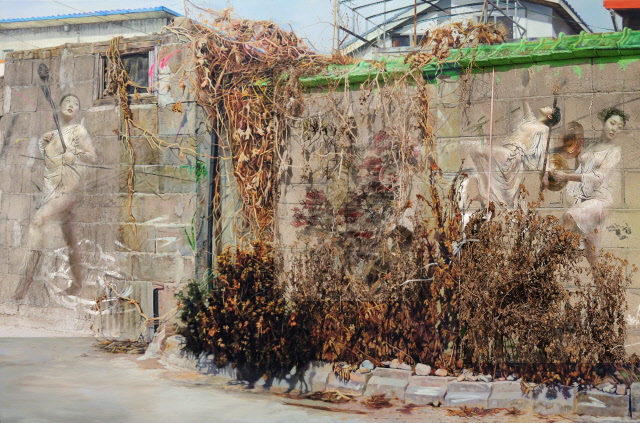.jpg)
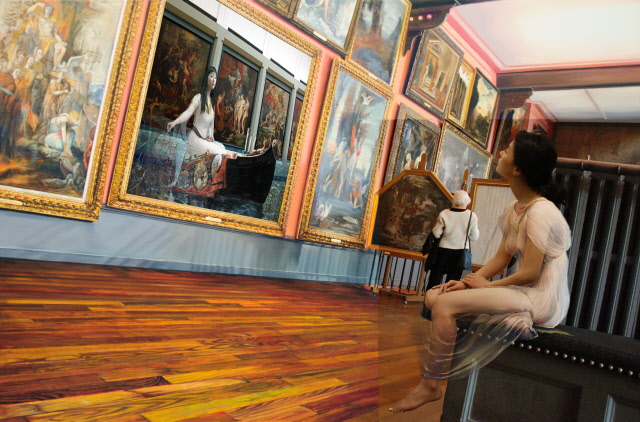.jpg)
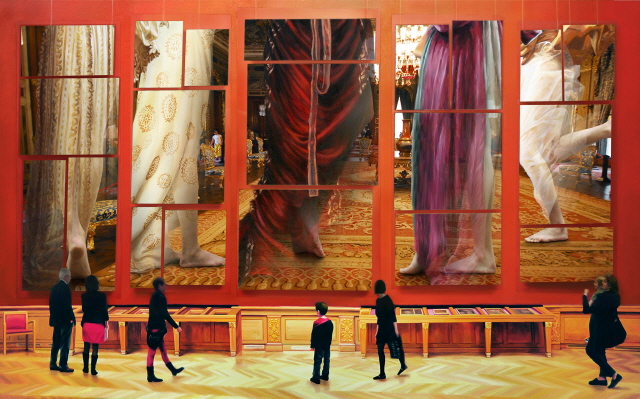.jpg)
.jpg)
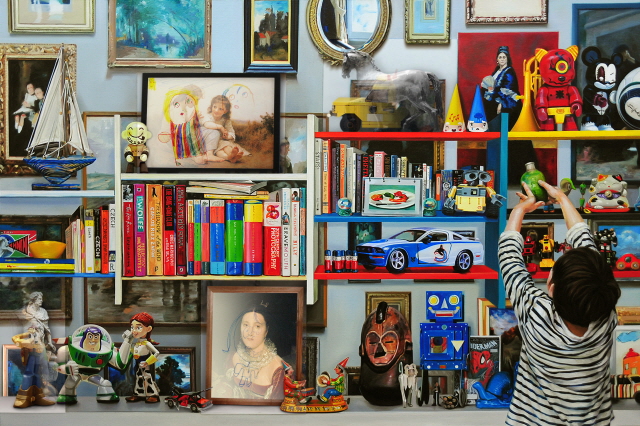.jpg)
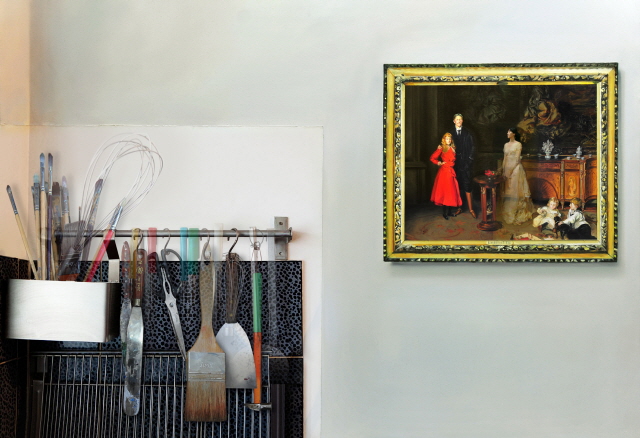.jpg)
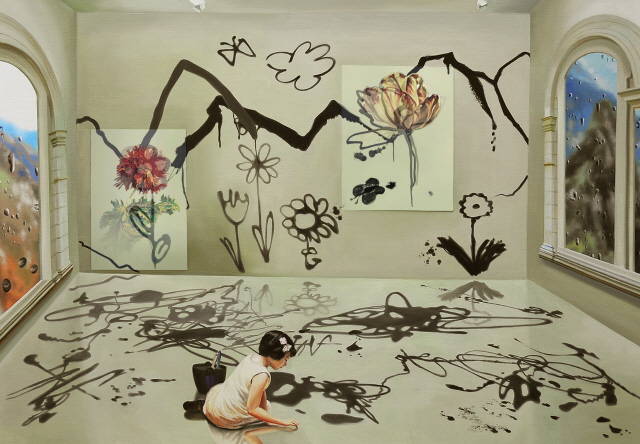.jpg)
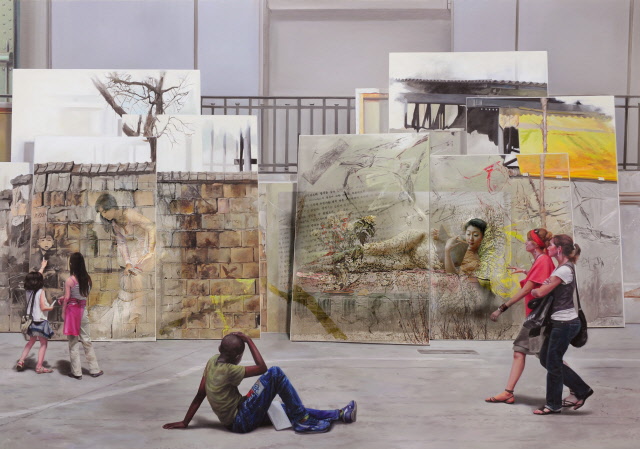.jpg)
.jpg)
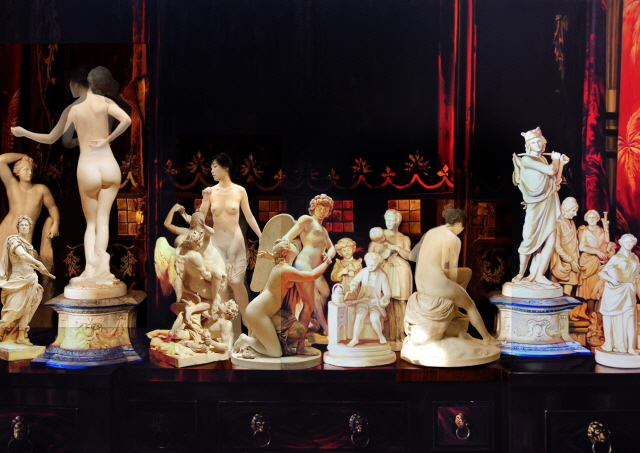.jpg)
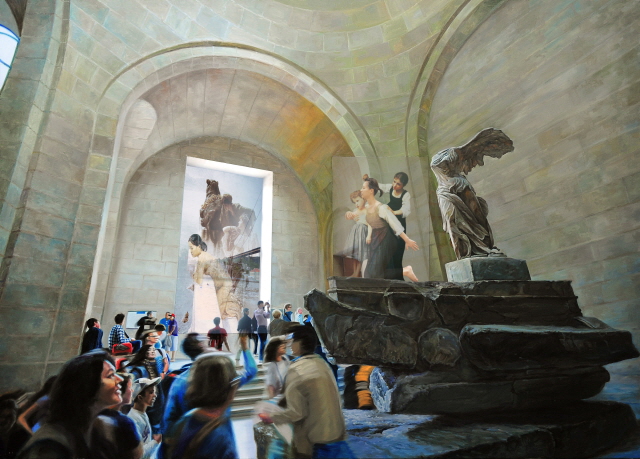.jpg)
.jpg)
.jpg)
.jpg)
.jpg)
.jpg)
.jpg)
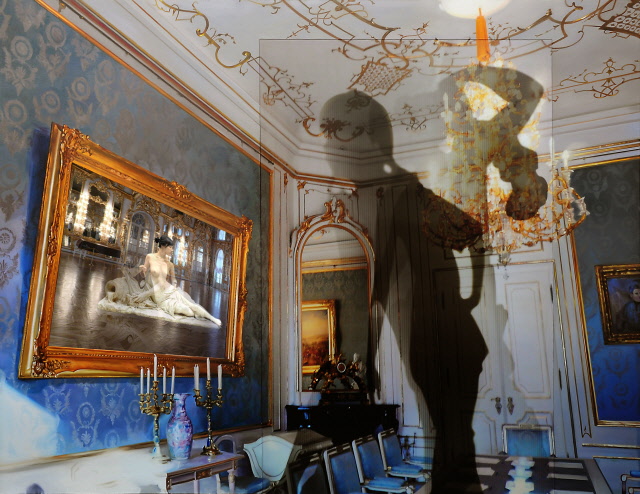.jpg)
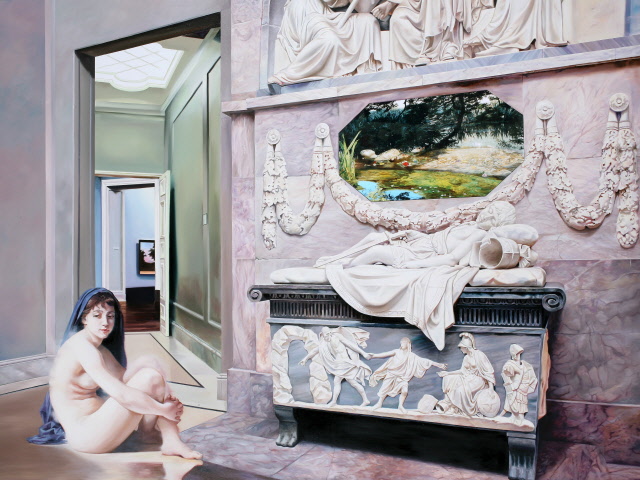.jpg)
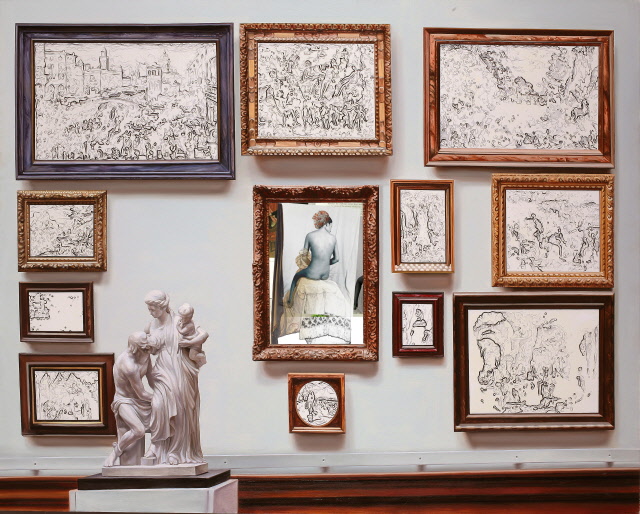.jpg)
.jpg)
.jpg)
.jpg)